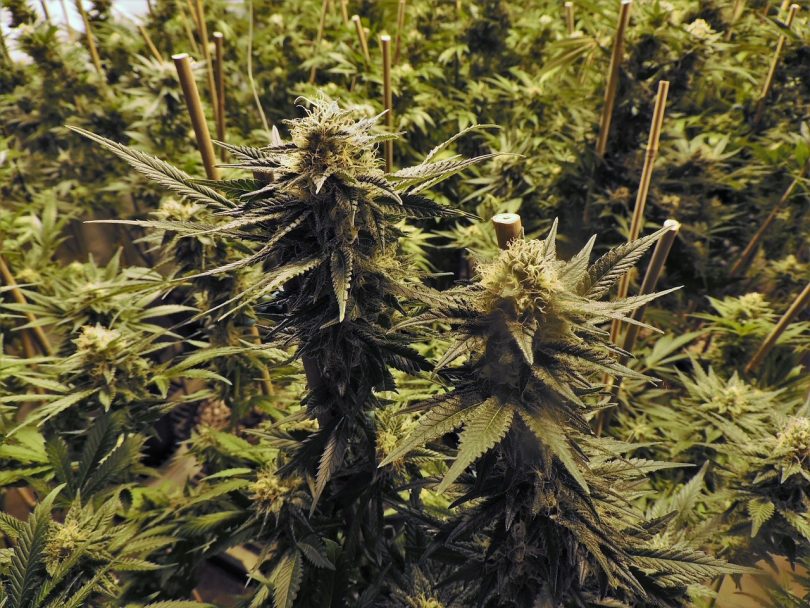During the last century, Cannabis has been prohibited in many countries and research about its therapeutic potential and cultivation techniques slowed down. With the growing demand of industrial, characterized, and standardized cannabis plants for medical purposes, the need of specific breeding programs is now growing.
The breeding attempts in clandestine environments and for recreational consumption led to physiological adaptation of cultivars in indoor conditions and increasingly high levels of delta-9-tetrahydrocannabinol (THC) in plants over the last few decades. Cannabis breeding was linked to intuitions of growers based on the evaluation of sensorial factors and parameters like yield, psychoactive potency, or aromatic combinations. Lack of phenotypic trait consistency in plants of the same genotype is often the sign of variability in growing conditions and absence of scientifically based breeding programs.
To improve cannabis cultivation in a controlled environment and tailoring variety-specific cultivation techniques, a precise knowledge of biological and physiological traits is required. Recently Naim-Feil et al. [1] evaluated 121 genotypes of high THC content or balanced THC:CBD (cannabidiol) ratio grown in a controlled environment facility. The monitored plant parameters included days of maturation, bud dry weight, trimmed waste, harvest index, vegetative stage, growth reproductive stage, stem expansion during reproductive stage, harvest day height, harvest day stem diameter, and average internode length. The research goal was to generate scientifically relevant data to support the development of specific breeding guidelines for the cultivation of standardized medicinal cannabis varieties. The quantification of growing parameters and the examination of physiological and phenological traits helped to assess that.
Despite the reduction in cannabinoid profile diversity in the last decades, the phenotypic variation is extensive and dependent on cultivating conditions. Often, cannabis plants of the same variety have different appearances and phytochemical contents, leading to inconsistency of common names given to each plant. There is a need for a classification based on genetic profile to reliably characterize cannabis genotypes for medicinal purposes. Floral bud dry weight was found to be not influenced by days to maturation, but it was positively linked to plant height and stem diameters. Selecting taller and fast-growing genotypes can improve the floral bud yield, thus the final crop.
The profile of stem diameters and plant height is influenced by five independent parameters including growth rate during reproductive and vegetative stage, plant size on the planting day, type of growth deceleration response, time before the effect of daylight change is observed, and overall period between short daylight induction and complete growth termination. [1]
Through the analysis of these growing pattern features, it is possible to select the desired prolific cannabis genotype before the completion of the cultivation cycle, maximizing the production of high quality and scientifically based cannabis cultivars.
References:
[1] Naim-Feil, E. et al. The characterization of key physiological traits of medicinal cannabis (Cannabis sativa L.) as a tool for precision breeding. BMC Plant Biology. 2021;21(1). doi:10.1186/s12870-021-03079-2 [Journal Impact Factor = 3.497] [Times cited = 1]
Image: https://pixabay.com/photos/marijuana-grow-room-cannabis-hemp-1281540/








